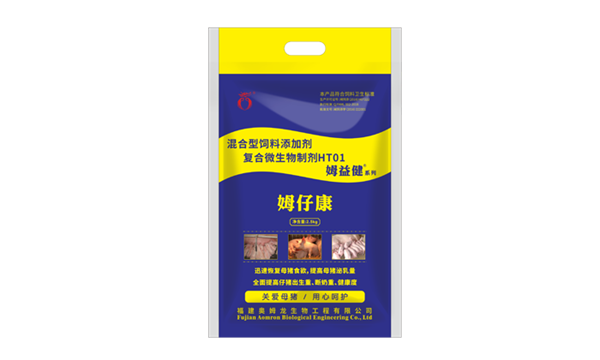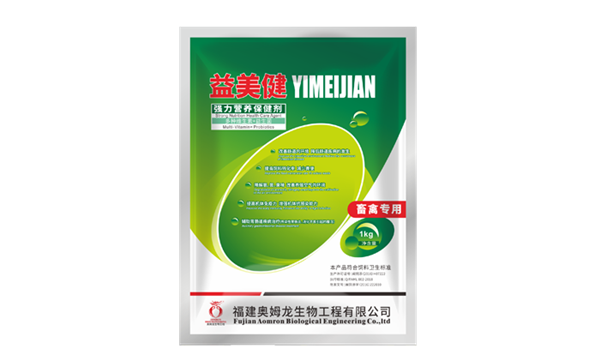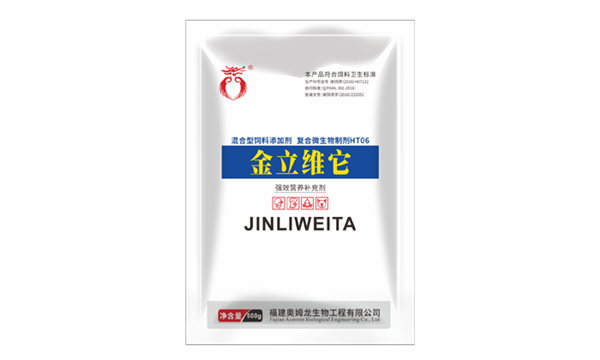Transmissible gastroenteritis and swine epidemic diarrhea
Author:Aomron Time:2017-12-06 Hits:2859
With the development of the pig industry, swine viral diarrhea has become one of the most serious diseases that harm pig production. There are three major pathogens of porcine viral diarrhea, namely TGEV, PEDV and RV. The pathogenic mechanism of the three viruses is very similar, and their clinical performance is similar. The most serious one is diarrhea caused by transmissible gastroenteritis, followed by porcine epidemic diarrhea, and porcine rotavirus is more diarrhea than the former two viruses. Relieve some. At the same time, several pathogenic mixed infections of viral diarrhea are common, and sometimes they are often mixed with pathogenic E. coli. Here, we will introduce porcine infectious gastroenteritis and porcine epidemic diarrhea and hope to help farmers.
1. Popular features
It is locally endemic and has obvious seasonality, especially in autumn and winter and winter and spring. It is prone to change when the weather changes suddenly. Mainly through the respiratory and digestive tract infections. When the climate is mutated, it is prone to occur and the epidemic rate is rapid. The pigs have water-like diarrhea, and the color grass is green and odor, and then the whole group of swine diarrhea is induced. Several kinds of pathogenic mixed infections are more common. All age groups of pigs can be affected. Mortality after onset is closely related to age. The younger the age, the shorter the course of disease and the higher the mortality rate.
2. Clinical symptoms
Porcine transmissible gastroenteritis is an acute gastrointestinal infection in pigs caused by the transmissible gastroenteritis virus. Clinical manifestations are vomiting, severe diarrhea, and dehydration. The mortality rate of piglets within 2 weeks of age is high. It is an OIE requirement. Class B disease. Sudden and severe vomiting and watery diarrhea are the main clinical symptoms of the disease, affecting the entire population in a matter of days. Undigested curd pellets are found in the pig's feces and stinky. Resistant piglets are hindered by growth and development.
Porcine epidemic diarrhea is a highly contactable intestinal infectious disease in pigs caused by porcine epidemic diarrhea virus. It is characterized by vomiting, diarrhea and loss of appetite. Both the clinical symptoms and pathological changes are related to transmissible gastroenteritis in pigs. Very similar, but the mortality rate of suckling piglets is low. The sick pigs began to have a slightly elevated body temperature or were still normal, depressed in spirit, loss of appetite, followed by drainage stools, grayish yellow or gray, and vomiting occurred in some piglets after eating or sucking milk.
3. Pathological changes
The major lesions of porcine transmissible gastroenteritis and porcine epidemic diarrhea are in the stomach and small intestine, and there are few macroscopic lesions in other organs. Pigs infected with transmissible gastroenteritis are full of curd blocks in the stomach, and gastric mucosa is sometimes severely bleeding. The small intestine becomes thin and translucent, and the intestine is filled with yellow-green or gray-white liquid containing bubbles and undigested curd lumps. For pigs with epidemic diarrhea, the digestive tract showed small intestine dilatation, yellow fluid, and intestinal mucosal and mesenteric hyperemia.
4. Comprehensive prevention and control



Both of these swine diseases belong to the virus disease. In general, it takes 2 to 3 years to be an onset period. However, due to the intractability of the disease, it is necessary to vaccinate sows during the autumn and add them to the daily diet of sows. "Mu Zi Kang" and "Yi Mei Jian." Once onset, adult pigs can take oral medications, and Jin Liwei supplements it with vitamins and injects antibiotics in the feed. Generally, it can be restored within 5 to 7 days after drug treatment. However, if there is no weaned piglet, the mortality rate is high and there is no cure for it. However, it is still necessary to use antibiotics for sick pigs to prevent the secondary infection of other diseases.
Strengthen feeding and management, improve the degree of dryness, temperature, and ventilation of the house; control dehydration and timely provide electrolyte supplements. In addition to rehydration of diseased pigs, use astringent drugs, such as: tannic acid protein, palygorskite, medicinal charcoal, etc. Atropine should also be supplemented to those severely paralyzed, and interferon can be used if economic conditions permit.
Porcine viral diarrhea, especially porcine transmissible gastroenteritis and swine epidemic diarrhea, is a type of infectious disease that brings huge economic losses to pig farms. Every year in the winter and spring seasons, most areas of our country have occurred or even become epidemic. Proper immunization with high-antigen high-quality vaccines, combined with comprehensive health and management measures, are the main ways to prevent and control viral diarrhea in pigs, such as transmissible gastroenteritis and porcine epidemic diarrhea.


